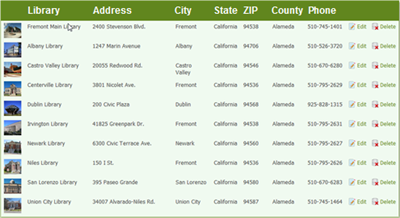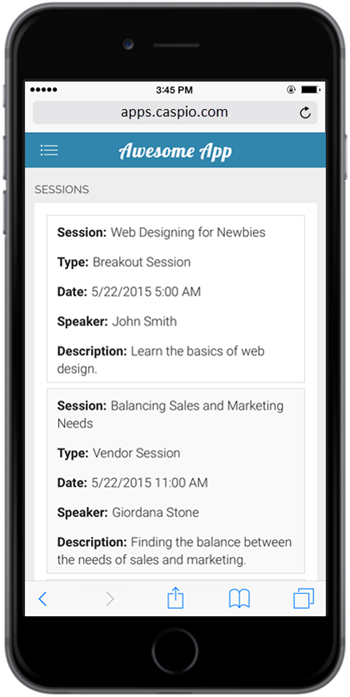Is Your Data Layout Working for Your Audience?
November 28, 2011

There is wisdom in the saying “different strokes for different folks.” Consider your Christmas list. You wouldn’t give your dad a tie if he only wears t-shirts. And a high-tech espresso machine won’t work for your sister if she prefers instant coffee. Right?
Just like on your Christmas list, where matching the right gift to the right person is important, the same holds true in the workplace. When creating a report, it’s essential to customize the layout for your audience. This will ensure the report makes sense to a real person functioning in a specific role.
For instance, your boss may want a report she can easily access on her smartphone while traveling. In this case minimizing the design or filtering out images would provide the high-level overview she needs.
Below you will find three different report layouts — a tabular view, a grid view, and list view for mobile devices — each performing a different function and resonating with a particular audience despite displaying the same data.
Tabular Layout
The tabular layout is the best choice for administrators because it is particularly useful for displaying and updating data-heavy reports. All information is shown in rows and columns similar to Excel and data fields can be truncated as needed.
Grid Layout
Choose the grid layout to display picture-based reports such as housing listings or, in this case, library listings to customers or public users. Information for each result is contained in a box where there is enough space for a large image. Fields are labeled as needed.
List Layout
With roughly 82.2 million smartphone users in the U.S. alone, chances are your public-facing reports are being viewed on these devices. To display a report with the smartphone audience in mind, use the list layout in the Caspio Mobile Kit. Information is condensed into digestible chunks that display within the boundaries of a smartphone screen.
Have you created a different specialized format for your reports? Tell us below.


















